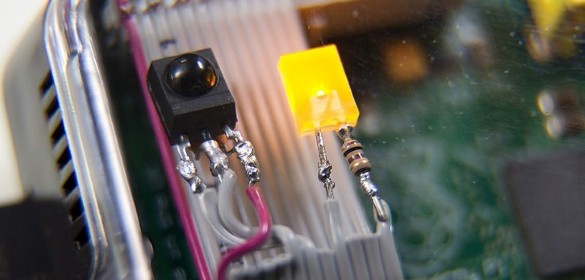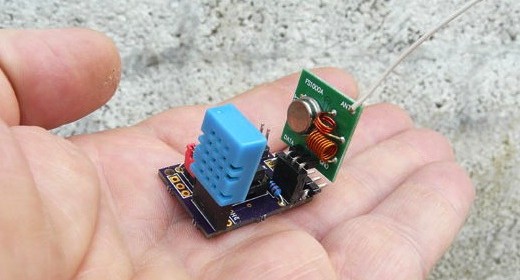MAX7219 LED display driver for ESP8266

Here is an Instructable on writing a MAX7219 driver for interfacing an 8-digit seven segment LED to ESP8266 platform. The MAX7219 are compact, serial input/output common-cathode display drivers that interface microprocessors (µPs) to 7-segment numeric LED displays of up to 8 digits, bar-graph displays, or 64 individual LEDs. Included on-chip are a BCD code-B decoder, multiplex scan circuitry, segment and digit drivers, and an 8×8 static RAM that stores each digit. Only one external resistor is required to set the segment current for all LEDs. A convenient 4-wire serial interface connects to all common µPs. Individual digits may be addressed
Read more

